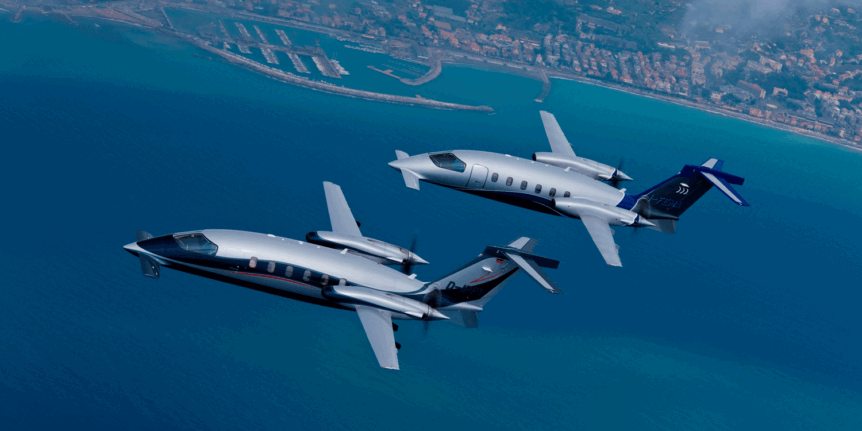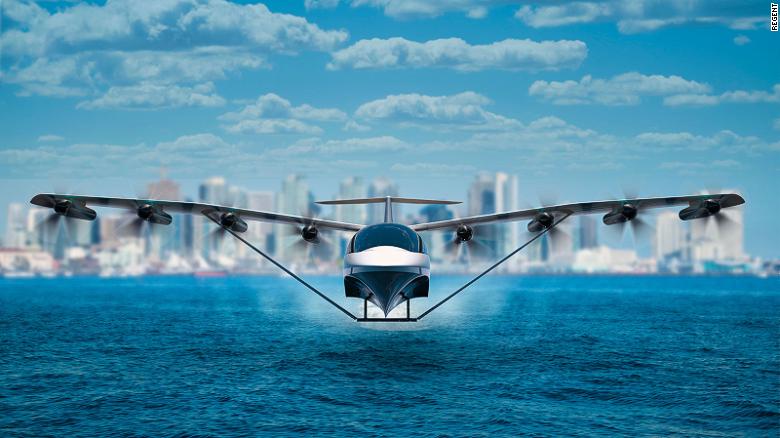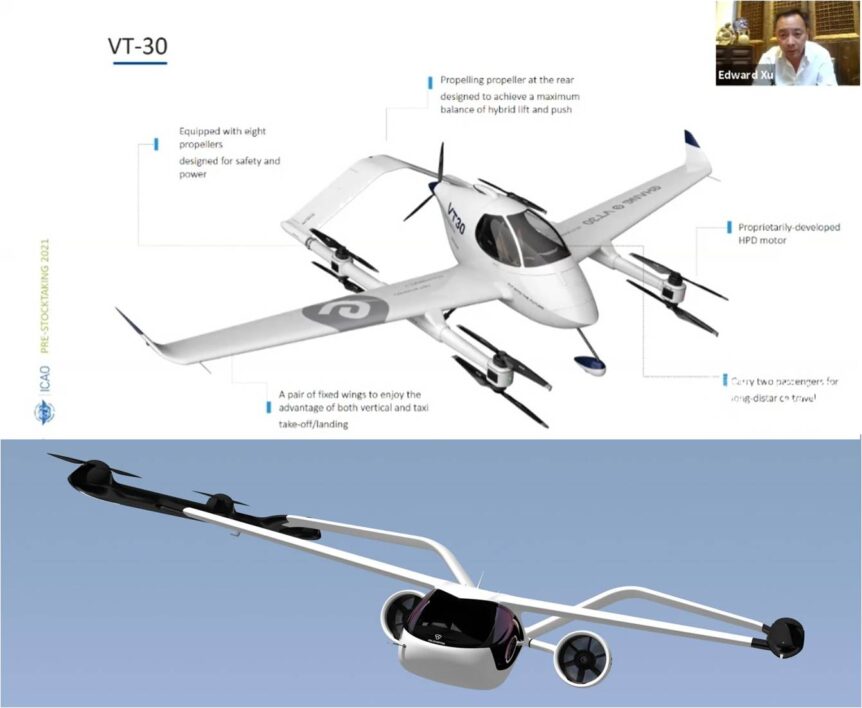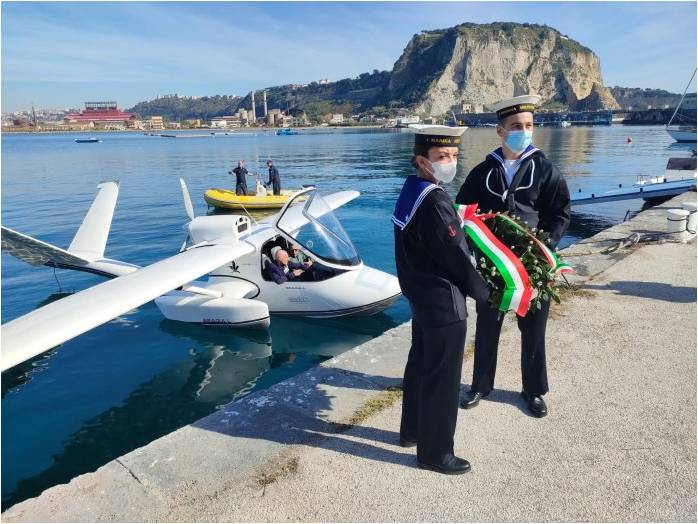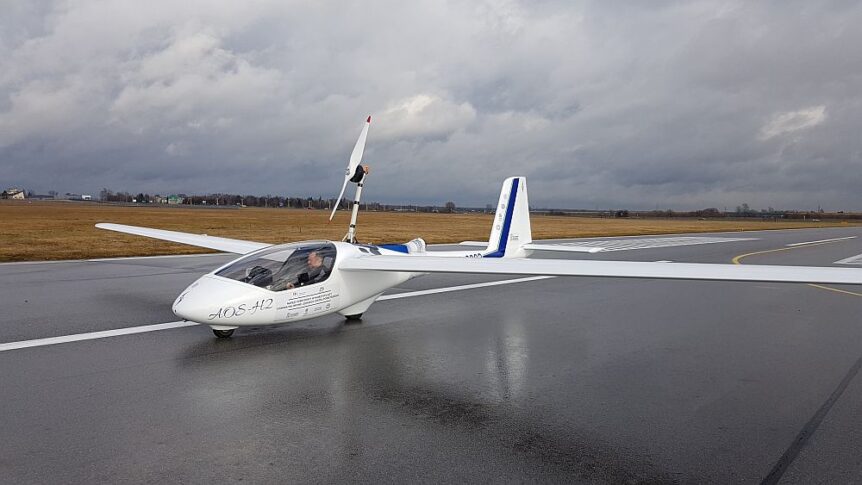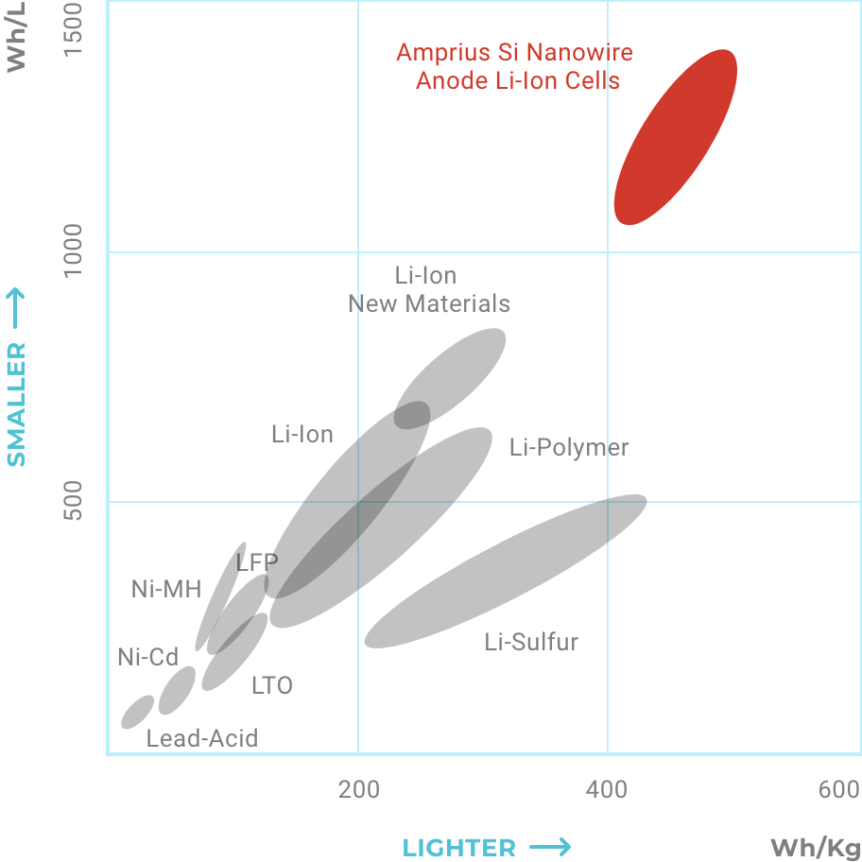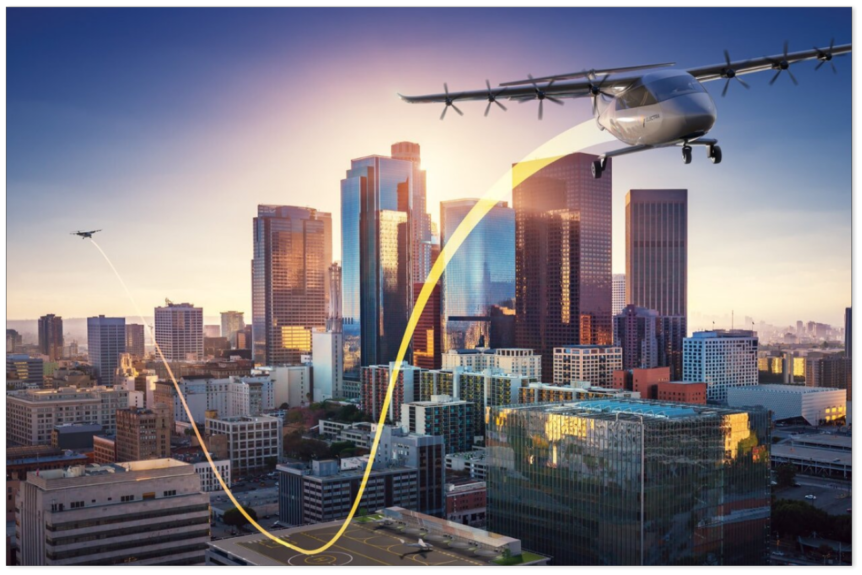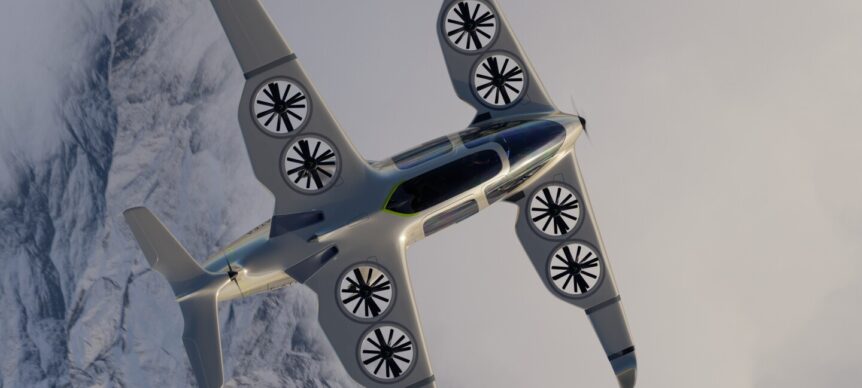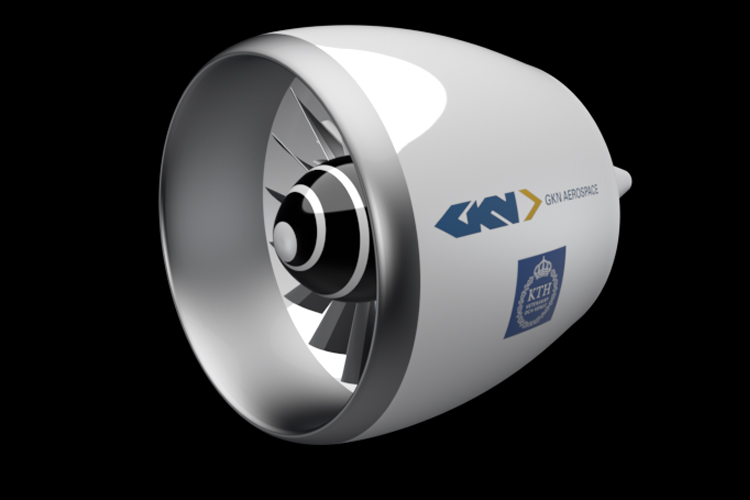Clearing the Fumes Charles Alcock reports for FutureFlight.com, and shares that, “Piaggio Aerospace is laying plans for a possible hydrogen-electric business aircraft featuring a completely new airframe.” Piaggio is probably better know for the Vespa scooters that dot Italian boulevards, Those have even gone electric, a saving grace for pedestrians along the strada who won’t have to inhale two-stroke engine fumes. Piaggio makes two versions of its Elettrica – 45 Km/H (28 mph) and 70 Km/H (43.5 mph). Both powered by a four kilowatt (5.36 horsepower) motor, driven by a 48 Volt, 25 kilogram (55 pound) battery. The speed difference seems to be a software/firmware setting that limits the slower scooter to a regulated speed. It would seem almost natural, then, that the company would electrify its next aircraft. It’s not that simple, according to Piaggio’s Chief Technology Officer. Piaggio Aerospace Piaggio is an industrial giant, established in 1884 and building aircraft since 1915. The firm built single-, twin-, three-, and …
Electric seagliders Skimming Coastal Waters
REGENT seaglider Skimming the Waves WIGs are Wings in Ground Effect, a type of flight that keeps one just above the sea’s surface. Simplified, when a wing is at an altitude less than its span, it operates in a ground effects cushion that adds lift. According to backers of REGENT’s seaglider, such a craft can skim the waters in low-level flight while providing transport cheaper and quicker than water-borne alternatives. CNN reports, “…a Boston-based start-up backed by some of Silicon Valley’s most prominent investors wants to turn the sea lanes along the country’s east and west coasts into high-speed transit corridors.” The firm identifies their company name as an all-caps, proper noun acronym – Regional Electric Ground Effect Nautical Transport. They denote the “seaglider” as a common noun describing the type of craft they are building. It combines WIG technology with hydrofoils, and in the process gains an odd certification for an airplane. Classified as a seagoing vessel, it will …
Multicopters Growing Wings
eHang and Volocopter are growing wings on their eVTOL (electric Vertical Take Off and Landing) craft. It’s a demonstrable fact that fixed wing aircraft usually have great range and endurance than rotary wing aircraft. What if we combine the best of multicopter utility and fixed wing range? Electric multicopters are usually short-range vehicles that have a possible future in urban skies (although Joby has demonstrated over 150 mile flights). The requirement that they lift off from buildings or constrained areas contributes to their short range. Hauling all those batteries and passengers is a near-full power exercise every time, with reserve power enabling climbs to low-altitude city crossings. Proposed longer-range sky taxis from two makers are sprouting wings. eHang and Volocopter both have new craft that will allow greater speed and range. eHang eHang has succeeded in flying everyone from its board of directors to thousands of willing participants in very public fashion. This shows a willingness to display its technology …
An Italian Hybrid Seagull
An Italian trimaran light seaplane has many interesting features. From its hybrid power system to its unique patented folding wings, the Novotech Seagull showcases innovation. Professor Leonardo Lecce has taught aeronautical structures and aerospace construction and maintenance practices at the Federico II University in Naples. Why the choice to limit the craft to marine operations only? La Republic explains Seagull “allows two people to fly from any coastal location to another, doing without hydroscales and hydroports now non-existent, thanks to a revolutionary technology already patented, of an automated system folding of the wings that allows once moored (landing at sea), to reach and dock in any quay or dock. But also to bring this aircraft ashore in the garages as a small boat or, for the ‘pieds dans l’eau’ (‘feet in the water’) hotels or for the lucky ones who have a villa with access to the sea or the lake, to park it in your garden.” The 650-to-700 kilogram …
Textron Acquires Pipistrel: A Good Thing?
Textron acquires Pipistrel – just another merger? An age-old cartoon shows ever-bigger fish gobbling up smaller fish, a kind of allegory for capitalist, competitive markets, perhaps. In the electric flight world, this acquisitive spirit is exemplified by the news that Textron, “home to Cessna, Beechcraft, and Bell aviation brands,” is purchasing the smaller Slovenian firm Pipistel. Pipistrel has grown from humble origins producing powered hang gliders to its current status as a major supplier of small training aircraft, electric motor gliders and trainers and cargo vehicles. What might be great joy for Ivo Boscarol, founder and CEO of Pipistrel, comes with varying degrees of happiness and concern for others. Boscarol will remain as Chairman Emeritus and minority stockholder for the next two years and has these encouraging words for Pipistrel’s future. “To drive Pipistrel’s ambitious goals and to continue its story of success, the joining of Textron and Pipistrel provides deep expertise and resources which would otherwise be inaccessible to …
The AOS-H2 Hydrogen-powered Motor Glider
A university in Poland has conceived, built and tested – but not flown, the AOS-H2, a hydrogen-powered motor glider. In 2013, the blog covered the test flights of a battery-powered electric two-seat motorglider designed at the Warsaw (Poland) University of Technology. Now, a similar design, the AOS-H2 has been crafted to fly on power generated by a hydrogen fuel cell. Early tests in 2020, “Confirmed that all units work correctly.” The “Hybrid Propulsion System Based on Hydrogen Fuel Cells in a Light Aircraft” is funded under the “Applied Research III” Program by the National Centre for Research and Development. Professor Marek Orkisz Ph.D., D. Sc., Eng. Of the Rzeszów University of Technology is Program Manager. As noted in the University’s announcement of the new airplane in 2020, “The last completed project was the AOS-71 motor glider fitted with an electric-powered propulsion system integrated in the fuselage and powered by lithium-polymer batteries in the wings.” At that time, Mike Friend, former …
Amprius Ships 450 Watt-hour per Kilogram Batteries
Your editor’s first outing at an electric aircraft symposium was in 2009. At that meeting, Dr. Yi Cui, Stanford professor and battery expert, talked about silicon and its energy density being so much greater than that for graphite. He predicted huge advances for battery chemistry – and now he’s delivering. His firm, Amprius, is shipping 450 Watt-hour per kilogram batteries. Unlike many such companies, Amprius is not projecting these numbers several years out, but delivering now. According to their February 8 press release, Amprius sent its first batch of the energy-dense cells, “…To an industry leader of a new generation of High-Altitude Pseudo Satellites (HAPS).” Your editor guesses that leader is Zephyr, acquired by Airbus and setting endurance records on solar and battery power since its introduction in 2017. One reached 76,100 feet in a 2021 campaign, spending over 36 days (in two flights) at stratospheric heights and equaling the sailplane altitude record set by the Perlan Project in 2018. …
Electra Attracts Customers, Investors and Landing Sites
Electra Aero has found worldwide interest in its electric ultra-short take-off and landing airplane, an eight-motor craft capable of taking off and landing across most jet-size runways. Producing such an aircraft takes great design, appropriately-designed landing sites, a well-integrated infrastructure, and financial backing for the total package. Electra Aero for the Design Powered by a hybrid generator driving four electric motors, Electra Aero’s aircraft uses “blown lift” to take off over very short distances – less than 150 feet, according to the company. Ben Marchionna, director of technology and innovation at Electra Aero, explains, “eVTOLs use electric propulsion to take off and land vertically – many of these concepts then transition from vertical flight to forward flight with a wing providing the lift once in cruise… Vertical flight requires significantly more power, resulting in an enormous payload, range, and cost penalty. eSTOLs use electric propulsion and an aerodynamic technique called blown lift to takeoff over distances as short as 100 …
Doubling Down with Ascendance
Ascendance Flight Technologies, a French firm developing an electric Vertical Take Off and Landing (eVTOL) aircraft, has doubled down on its original, smaller airplane. Originally a four-seat, hybrid-powered machine with three lift fans, Atea has retained the name, but grown considerably. Holey Wings Atea now has eight lift fans and two horizontal propellers arranged in a push-pull configuration. It can carry its five passenger in a “Skyview cabin” for 400 kilometers (248 miles) Powered by its modular “Sterna” hybrid-electric propulsion system, the craft will hit as yet unspecified speeds, but within a two-hour range, that will probably be about 124 mph. An expansion of their original design, Atea comes from a group of former Airbus e-Fan engineers and technicians. The web site explains, “Ascendance was cofounded in 2018 by Jean-Christophe Lambert, Benoit Ferran, Clément Dinel and Thibault Baldivia, who together have 26 years combined experience and expertise working on hybrid and electrical aircrafts: from Airbus on the E-FAN all-electric aircraft …
The EleFanT in the Room
Electric Ducted Fans (EDF) may soon show some promise in full-size flight. Several projects are under way, including EleFanT, an interesting development in Germany by GKN and KTH (the Swedish Royal Institute of Technology). First, though, we’ll look at two stateside projects. David Ullman’s IDEAL EDFs fans are nothing new in the model aviation world, often powering large-scale models of actual jet fighters or trainers. Such model motors, combining their thrust, can augment lift and propulsion on light aircraft, and a few larger projects are attempting to utilize that promise. David Ullman, in Independence, Oregon has flown a Jabiru he rebuilt from a wreck with its Jabiru engine providing the main power, but augmented in thrust and lift by four small electric ducted fans (EDFs). The arrangement is a partial demonstration of IDEAL, which stands for “Integrated Distributed Electric – Augmented Lift” flight, using “thrust from distributed electric propulsion to improve the lift and drag performance of the aircraft during …

